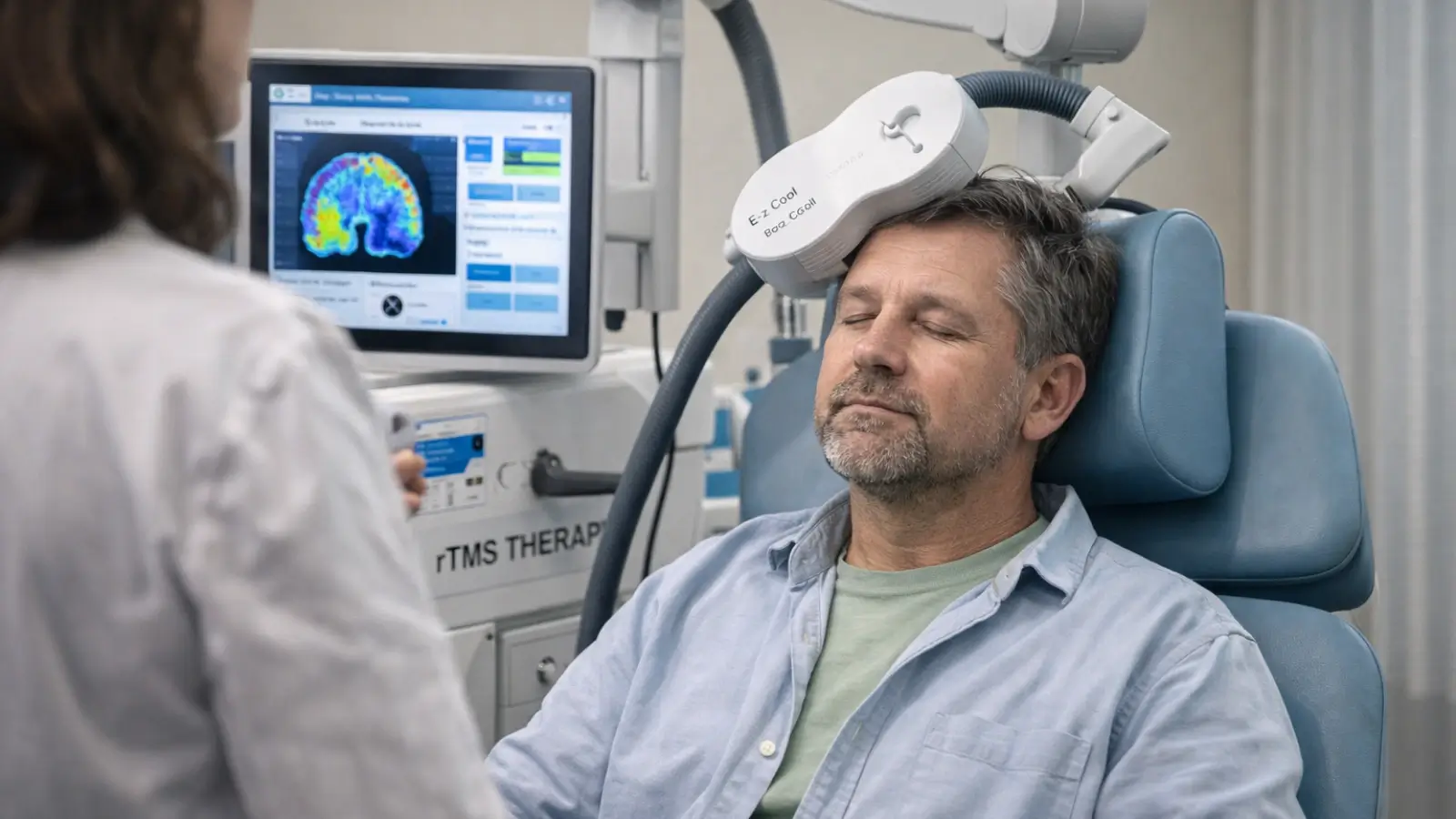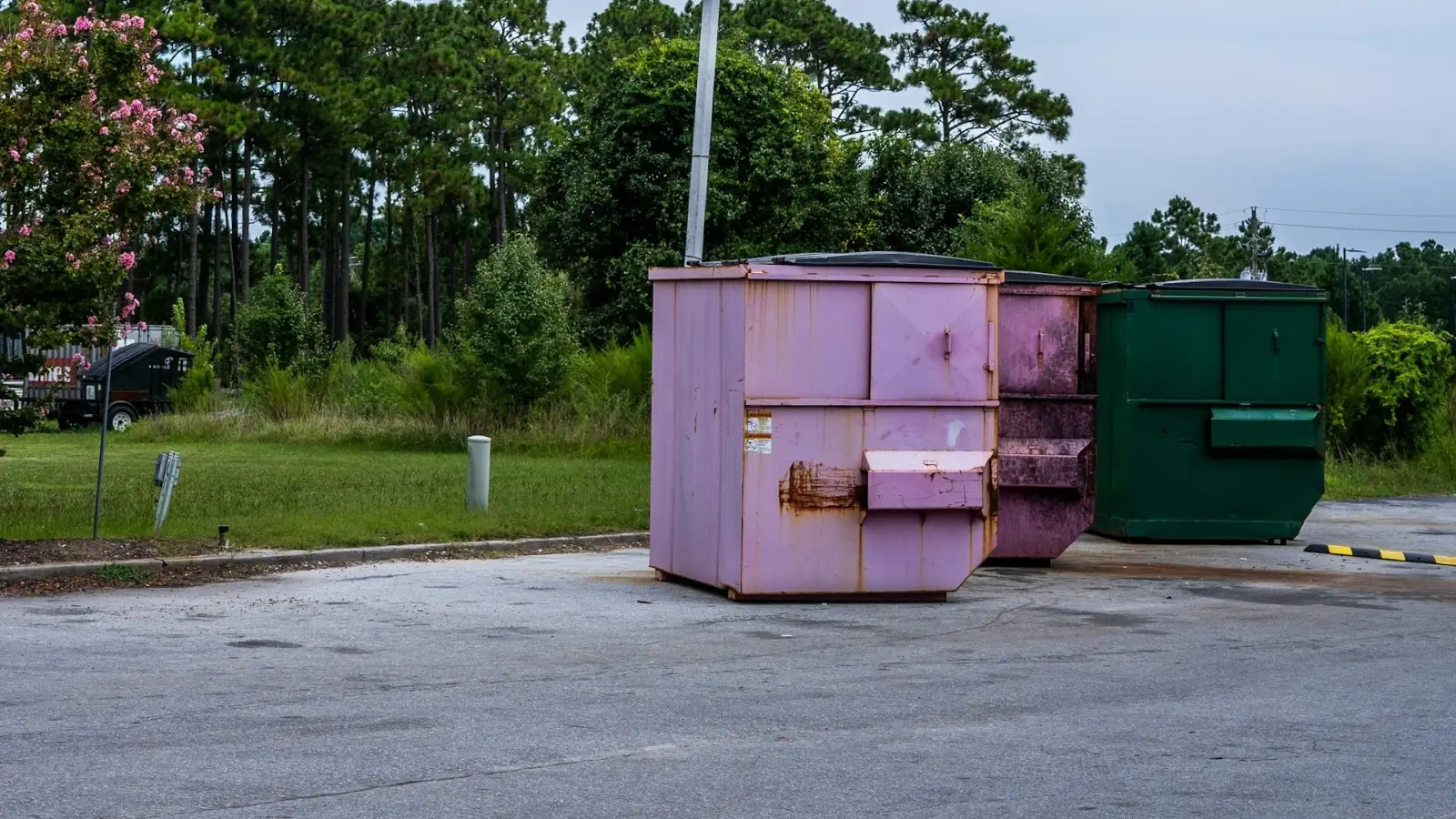Getting ready for an FDA inspection is always a big deal. But when you find out your inspector is Joao Pedras Vasconcel, it’s time to take your prep to the next level.
Why? Because Vasconcel isn’t just any investigator. He’s known in the industry for being sharp, detail-oriented, and incredibly thorough. If you want to avoid last-minute scrambles (or worse, a Form 483), you’ll need more than basic GMP compliance; you need insight into how he inspects.
This guide breaks down what you can expect when Joao Pedras Vasconcel walks into your facility, and how to prepare in a way that keeps your team calm, collected, and confident.
For inspection history and detailed focus areas, check out Joao Pedras Vasconcel on Atlas Compliance.
Who Is Joao Pedras Vasconcel?
If you haven’t crossed paths with him yet, Joao Pedras Vasconcel is a seasoned FDA inspector who’s conducted audits across pharma, biologics, and medical device facilities. He’s built a reputation for doing deep dives into documentation, operations, and the real-world application of your SOPs.
In short, he’s not just checking boxes; he’s looking at whether your team really lives and breathes compliance.
What Can You Expect from His Inspections?
Joao tends to focus on the fundamentals, but in a way that uncovers weak spots many teams overlook. Here’s what he’s likely to hone in on:
-
Batch Record Accuracy: He’ll look closely at handwritten notes, timestamp discrepancies, and whether your team’s actually documenting in real time.
-
Deviation Management: Don’t expect a pass if your root cause analysis feels vague or your CAPAs are just copy-pasted templates.
-
Cleaning Validation: If you handle multiple products, expect questions about how you clean equipment, your residue limits, and what your swab data shows.
-
Training Records: He often speaks directly to the floor staff. If someone doesn’t know their SOPs, or worse, hasn't been properly trained, it won’t go unnoticed.
How to Prepare for an Inspection by Joao Pedras Vasconcel
You don’t need to panic, but you do need a plan. Here’s how to get ahead:
-
Run a mock inspection, focused on the same areas Vasconcel usually flags: batch records, deviations, and cleaning.
-
Practice with your team, especially floor operators. Run role-play sessions where they walk through procedures and answer “real” inspection questions.
-
Audit your deviation log and make sure every entry includes a solid root cause, a clear CAPA, and proof that the fix actually worked.
-
Check your data integrity controls. Are audit trails active? Do you have access control? Are logs being reviewed?
-
Review your cleaning validation procedures and make sure they match what’s actually happening on the floor.
-
Update your training matrix and make sure it reflects recent SOP changes and requalification timelines.
-
Organize your documentation so it’s quick to retrieve. If Vasconcel asks for something, you don’t want to spend 20 minutes flipping through folders.
-
Prepare supporting data in advance, don’t wait to be asked for swab results, deviation summaries, or training logs.
Mistakes That Often Get Flagged
Here are a few common issues that have come up during João’s inspections:
-
Updating documents after the fact (even small edits) without a clear reason or change control.
-
Generic CAPAs that don’t actually address the root problem.
-
Operators performing GMP tasks without current training records.
-
SOPs that say one thing, while staff are doing something different.
Spot any of these in your system? Now’s the time to fix them, before they become an official observation.
Tips to Build Inspector-Ready Culture
Beyond preparing SOPs and records, a deeper level of readiness involves creating a culture where inspection readiness is ongoing, not just a one-time scramble.
Here’s how to build that mindset:
-
Hold monthly mini-audits on rotating topics (deviation logs, cleaning logs, data review) so that issues are caught early and often.
-
Encourage a “show your work” mindset: Make it standard practice to back up every GMP activity with clear documentation, rationale, and traceability.
-
Develop quick-access resource kits for inspectors, printouts or digital folders that include SOP indexes, deviation summaries, training records, and cleaning validations.
-
Empower staff to speak with confidence, not fear. When operators understand why they do things a certain way, they’ll answer questions more clearly during walkthroughs.
Creating this level of routine discipline doesn't just prepare you for Vasconcel, it strengthens your compliance posture overall.
Why Knowing Your Inspector Matters
Every FDA inspector follows the same regulatory playbook, but how they interpret and enforce it can vary. That’s why tailoring your prep to the specific inspector matters.
By understanding what Joao Pedras Vasconcel tends to focus on, you can prepare more strategically. Platforms like Atlas Compliance allow you to review their past 483s, common observations, and inspection trends. You can explore all of that here.
Questions Your Team Should Be Ready to Answer
One of the distinguishing traits of Joao Pedras Vasconcel’s inspections is his tendency to speak directly with operational staff, especially those involved in GMP-critical processes. If your team isn’t prepared to answer confidently, that can become a red flag.
Here are some types of questions he may ask during a walkthrough or interview:
-
“Can you explain the steps of this process, and show me where it’s documented?”
He’s checking for alignment between SOPs and day-to-day practice. -
“When was your last training on this procedure?”
A quick way to validate your training matrix and test real engagement. -
“How do you handle a deviation if something goes wrong here?”
This probes whether staff are both trained and empowered to escalate issues properly. -
“Show me where you record these activities and who reviews them.”
He wants to see traceability and review controls in action.
Preparation Tip: Run mock Q&A sessions with frontline operators and QA staff. Give them a chance to practice speaking clearly, referencing documents, and walking through their tasks just like they would in a real inspection.
Final Thoughts
When someone like Joao Pedras Vasconcel is scheduled to inspect your facility, it’s not the time to wing it. He brings experience, a sharp eye, and high standards, which means your systems need to be as strong in practice as they are on paper.
But here’s the good news: if your team is aligned, your processes are clear, and your documentation is airtight, there’s nothing to fear.
So take the time now to prep smart, close the gaps, and build confidence across your team. That way, when the inspection starts, you won’t just be compliant, you’ll be ready.














